|
After last year's International Doll & Teddy Show, I came back to a hot mess in the art room. It was as if a tornado made of silicone, thread, mohair, and fabric bits had torn through the place. Note to self: pack earlier next year. After I mustered up a basic sense of order, I sat down and wondered... what will I do in 2020? I simmered on that thought for months. I know that silicone dolls are big in the doll world. Huge. I was fortunate to have the experience and materials to work with that medium. I enjoyed it. Despite that, I kept returning to the type of dollmaking that my mother taught me... painted cloth. There is something so enduring about that process and effect. Luckily, I had a digital 3D scan of my original Booshka (my 18" dolls) sculpture. I 3D printed that sculpture and covered her in cloth. If you've ever painted a silicone doll, you know that it is all about precision and meticulously thin layers. Painting my cloth Booshka with acrylic paint was totally liberating! She's rustic and folksy, but still delicate and realistic. I'm really happy with the outcome of this design. Once I got my process down, I translated the silicone Little Ones (9") into the same medium. I'm feeling like my 2020 is going to be all about painted cloth dolls and monster hats. Speaking of monster hats, would anyone want an adult size version of a monster hat like this? A dainty, cute, and terrifying head band? You just might see that at the June 2020 International Doll and Teddy Show.
Jennifer
4 Comments
You may be wondering why there is a mix of white and tan clay here. The answer is very interesting. I didn't realize that I only had a small amount of white clay left. So, I had to resume with the tan oil clay, which was tucked away in the back of a shelf in our art room. This makes it very difficult to evaluate any bumps or inconsistent textures in the sculpture. It's a tie-dye sculptural nightmare. The only way for me to be sure that the surface is smooth, is to hold this sculpture up to the light and look for shadows. Note to self: buy more white clay. Oil clay gets softer the more you handle it, so I put the head in the refrigerator to keep it from softening.
To make crevasses in the face, I carve out chunks of clay with a dental tool. Then I dip a paint brush into a tiny bit of paint thinner, which helps break down the clay and smooth out sharp edges. Another way to smooth things up is to sculpt over Saran Wrap. Throughout the process I keep checking for symmetry. That's my cold coffee in the corner, which I had accidentally dipped the paint thinner brush into. Another note to self: keep the coffee on another table. |
AuthorJennifer Latham Robinson Archives |
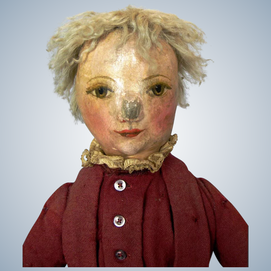
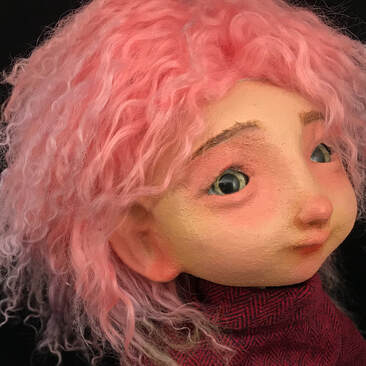
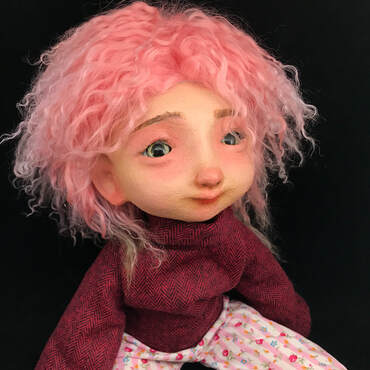
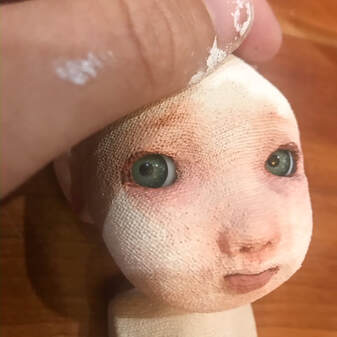
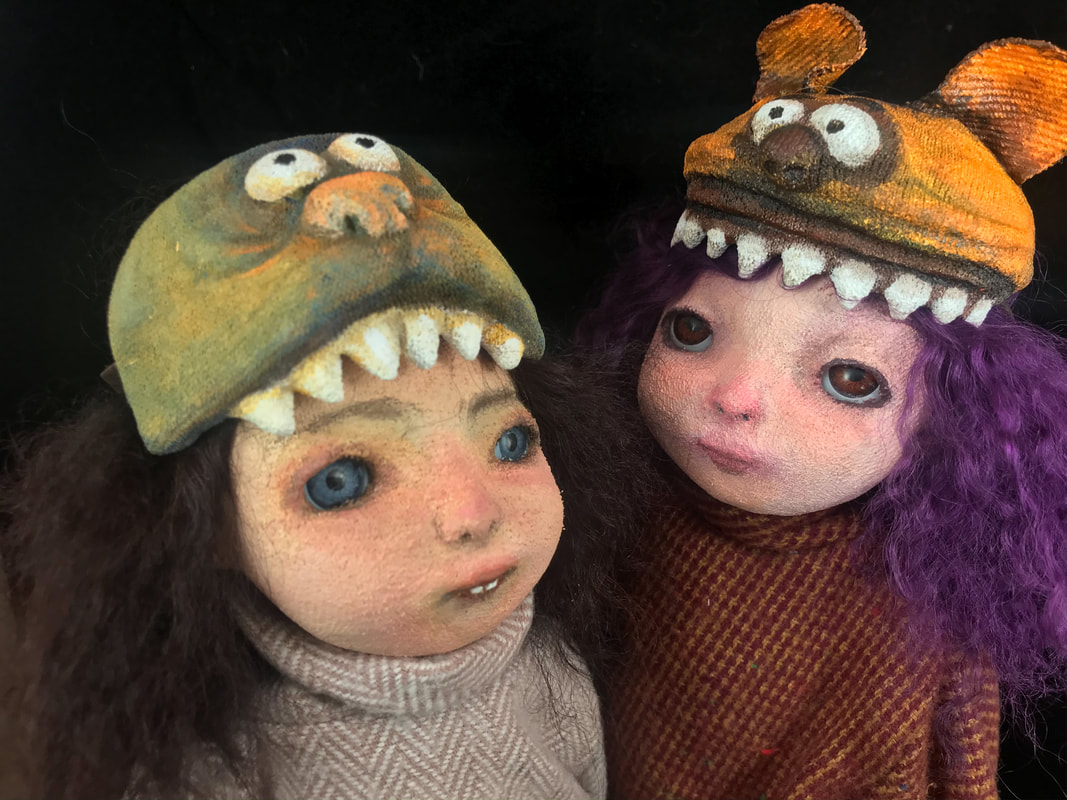
 RSS Feed
RSS Feed
